Excavation of Oc Eo-Ba The cultural relics in Oc Eo commune.
In 1944, French archaeologist Louis Malleret came to Oc Eo, An Giang province to conduct research and discovered an ancient culture. After that, domestic and foreign scientists continued to explore and excavate. The Oc Eo-Ba The area gradually revealed ancient architectures of the Kingdom of Phu Nam built from about the 6th to the 8th century.
Oc Eo culture of historical and archaeological values
Archaeologists expanded their research and archaeological space, gradually excavating the Oc Eo-Ba The cultural relics in Thoai Son district (now Oc Eo commune) and many other locations in An Giang province (old) and the border area of Kien Giang province (old).
At scientific conferences related to Oc Eo culture, scientists and archaeologists pointed out that research and archaeological results show that Oc Eo-Ba The in the past was not only an ancient urban area, but also a trading port and a major religious center with the parallel existence of both Buddhism and Hinduism.
Scientific conferences have assessed the Oc Eo culture as having very important value.
Many valuable artifacts in excavations show that Oc Eo trading port had extremely rich trade, not only within Southeast Asia, but also to West Asia, India...
With its historical, cultural, architectural and artistic values, the Oc Eo-Ba The relic was ranked as a special national relic by the Prime Minister in 2012. In 2013, the People's Committee of An Giang province (old) established the Oc Eo Cultural Relic Management Board to continue archaeological excavation, conservation, restoration and promotion of the value of the Oc Eo cultural relic...
The Prime Minister issued Decision No. 115/QDTTg dated January 23, 2021 on approving the planning for the preservation, restoration and rehabilitation of the Oc Eo-Ba The Special National Monument, Oc Eo town, Thoai Son district, An Giang province. The Prime Minister assigned the province and ministries and branches to organize the implementation.
The Oc Eo Cultural Relic Management Board of the province said that on January 4, 2022, the World Heritage Center (UNESCO) listed the Oc Eo-Ba The Archaeological Site on the list of tentative world cultural heritage dossiers.
Currently, phase 1 of the dossier has been completed and phase 2 of the construction of the dossier of the relic site is being implemented, submitting it to UNESCO for recognition as a World Cultural Heritage.
After merging An Giang and Kien Giang provinces into a new province, the leaders of An Giang province continued to inspect and direct the Oc Eo Cultural Relic Management Board to expedite procedures so that the work of building a dossier to nominate the Oc Eo-Ba The archaeological site in An Giang province to submit to UNESCO for recognition as a World Cultural Heritage site could be completed on schedule.
Exhibition of Oc Eo antiques at An Giang Provincial Museum
When the relic site is recognized by UNESCO as a World Cultural Heritage, it will not only be the pride of the province and country of Vietnam but also an international recognition of the historical, cultural and archaeological values of the Southern region, especially An Giang.
10 national treasures
In recent years, in addition to the provincial budget, the Oc Eo-Ba The relic site has received investment attention from central ministries and branches. The projects implemented here have brought about certain results, the relic site is better protected, and is becoming more and more spacious.
In the whole province, there are 84 Oc Eo cultural relics recognized by the Central and the province through inventory and ranking. Among them, there is the Oc Eo-Ba The special national relic complex in Oc Eo commune (formerly Thoai Son district, old An Giang province) with more than 30 relics; there is 1 national relic and 4 provincial relics.
Thousands of artifacts buried under ancient soil have revealed an ancient dynasty. Among them, the Giong Xoai relic is a large sand dune in the northwest area of Oc Eo field in the Oc Eo-Ba The relic complex.
Here, archaeologists have identified a pre-Oc Eo residential layer along with traces of religious architectural foundations made of bricks and stones... bearing the characteristics of many stages of development from the middle of the first millennium to the beginning of the second millennium.
Among the thousands of artifacts of the Oc Eo culture found in An Giang, 10 have been recognized by the Government as national treasures. Currently, the Oc Eo Cultural Relics Management Board of the province preserves 4 treasures including: Linh Son Bac Buddha relief, Nandin Giong Cat ring, Linh Son Bac Buddha statue head, and Go Cay Tram jar tomb.
An Giang Provincial Museum preserves 6 national treasures including: Brahma statue, wooden Buddha statue, stone Buddha statue, stone Linga-Yoni set, Mukhalinga Ba The, Linh Son Linga-Yoni set.
An Giang Provincial Museum provides us with information about 6 national treasures. We pay attention to the statue of Brahma. An Giang Provincial Museum informs that the statue of Brahma discovered in Giong Xoai in 1983 is a unique statue, 37.5cm high, 22.9cm wide at the shoulder, dating from the 6th-7th century.
The statue of Brahma was recognized as a national treasure in 2018.
The remaining statue of Brahma from the upper part of the chest to the top of the head, the statue is made of fine-grained sandstone, the outer surface has a thick layer of gray-white patina due to weathering. This is a unique work of art, an important scientific document not only for archaeology but also has great value for the study of cultural history, fine arts, religion...
According to the An Giang Provincial Museum, the Brahma statue was recognized as a national treasure in 2018. Before that, in 2014, the Metropolitan Museum (USA) contacted the An Giang Museum to propose displaying the Brahma statue with other artifacts.
The museum asked them to appraise the Brahma statue for insurance purposes, and the Metropolitan Museum assessed the insurance at $2 million.
Along with the statue of Brahma is a wooden Buddha statue made of Sao wood, dating from the 4th-6th century, the ancient statue was discovered in 1983. At that time, people digging a water canal in the area of Giong Xoai hill discovered the statue and it was collected by staff of An Giang Provincial Museum and transferred to the museum in 1984.
The wooden Buddha statue of Giong Xoai is recognized as a national treasure.
The artifact is a typical product, the pinnacle of the art of sculpture in particular. This is a rare artifact, an important historical document for the study and research of art history, religion, history of cultural exchange as well as identification of the cultural, social and religious characteristics of the residents in Oc Eo-Ba The in particular and the Mekong Delta in general during this period.
The monolithic Linga-Yoni Linh Son set is made from dark brown fine-grained sandstone placed on a stone altar made from dark gray fine-grained sandstone, intact, with all components tightly fitted together, and the details are very clear.
The artifact was discovered by locals in 1985 at the foot of the eastern mountain in the Linh Son pagoda area in the Oc Eo-Ba The relic complex. The An Giang Provincial Museum collected and transferred it to the museum many times, and it was only completely reassembled in 1986 and 1987.
Linga-Yoni Linh Son set is recognized as a national treasure.
The Linga-Yoni Linh Son statue set with the base showing the multi-layered block shape below was found in some archaeological relics of Oc Eo culture in the Southwest region, but all that remains are fragments, the components are separate and incomplete. The Linga-Yoni set found in the Linh Son temple area is the only artifact with all parts still fully connected together, and is also the most completely crafted artifact found.
The artifacts are the product of important exchanges and contacts between indigenous cultures and foreign cultural elements, and are an important highlight contributing to clarifying the appearance of the Oc Eo-Ba The relic site, which is recognized as a thriving residential-economic-cultural center during the Oc Eo culture period and the kingdom of Phu Nam. The artifacts are valuable documents for scientists to approach and research from many different perspectives...
Here are some pictures of national treasures of An Giang province:
Khanh Binh stone Buddha statue excavated in the old An Phu district (An Giang province) is kept at An Giang Provincial Museum.
The head of the Linh Son Northern Buddha statue is kept at the Oc Eo Cultural Relic Management Board of the province.
The Go Cay Tram jar is kept at the Oc Eo Cultural Relic Management Board of the province.
The Linga-Yoni set, of which the golden metal Linga is kept at the An Giang Provincial Museum.
Mukhalinga Ba The is kept at An Giang Provincial Museum.
THANH DUNG
Source: https://nhandan.vn/chiem-nguong-cac-bao-vat-quoc-gia-oc-eo-ba-the-post894281.html


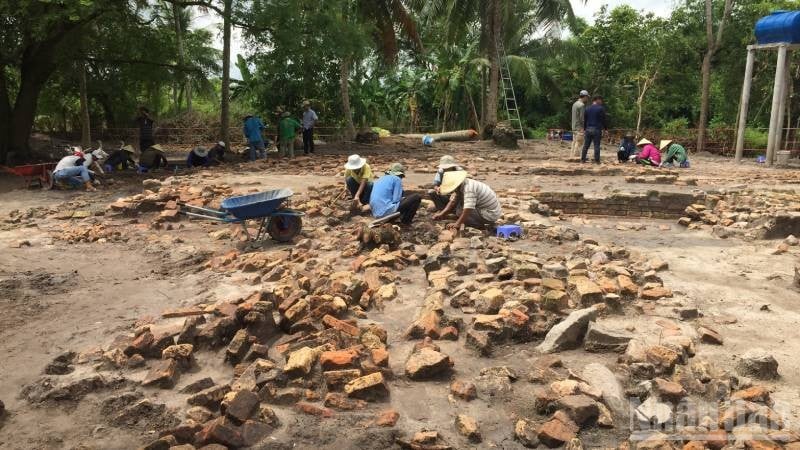
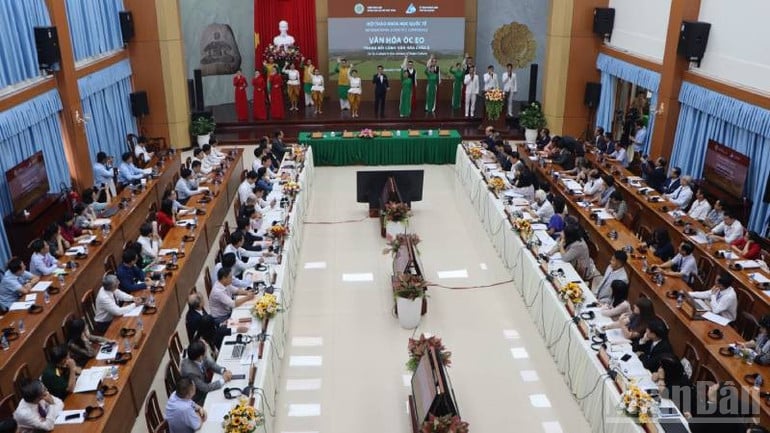
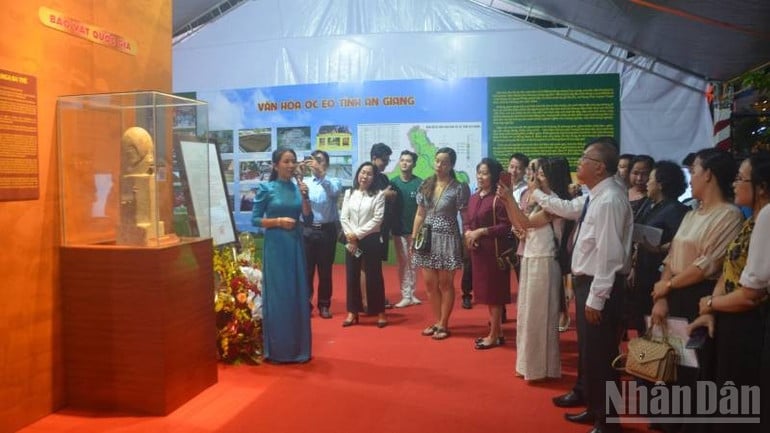
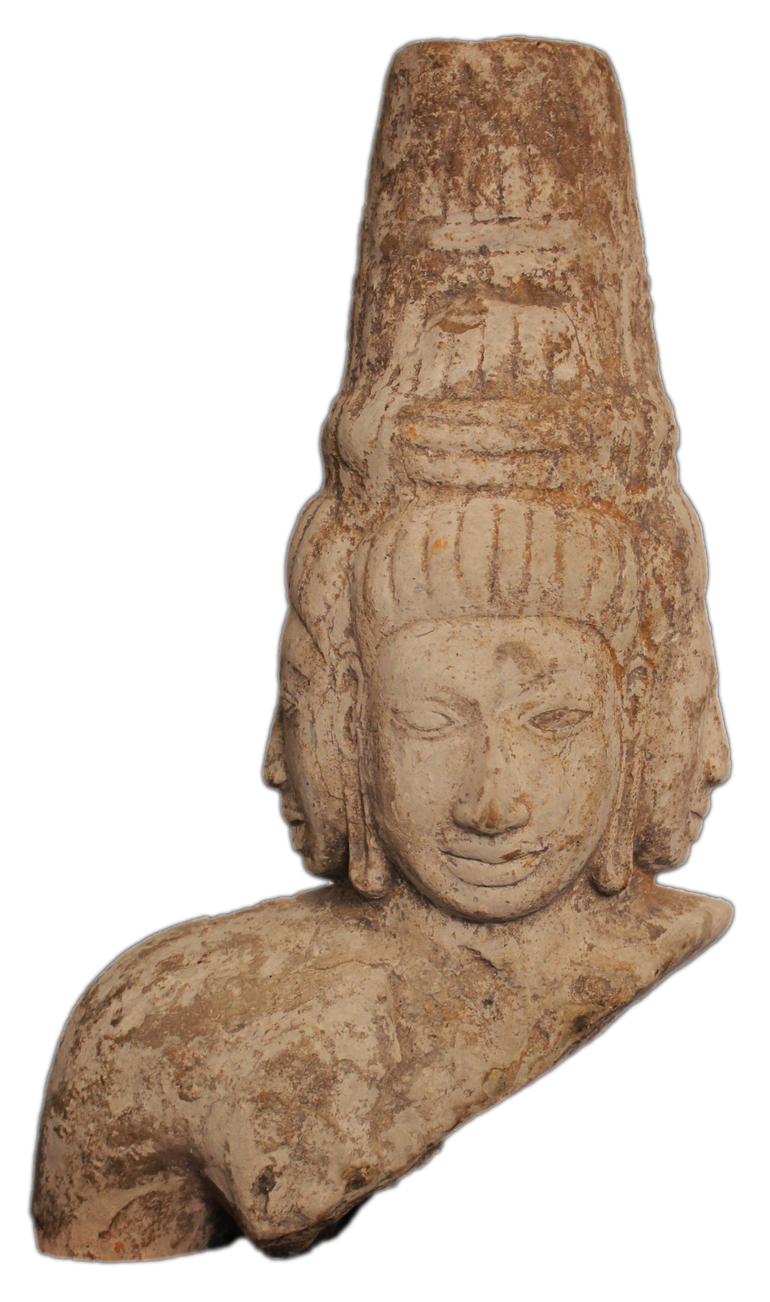

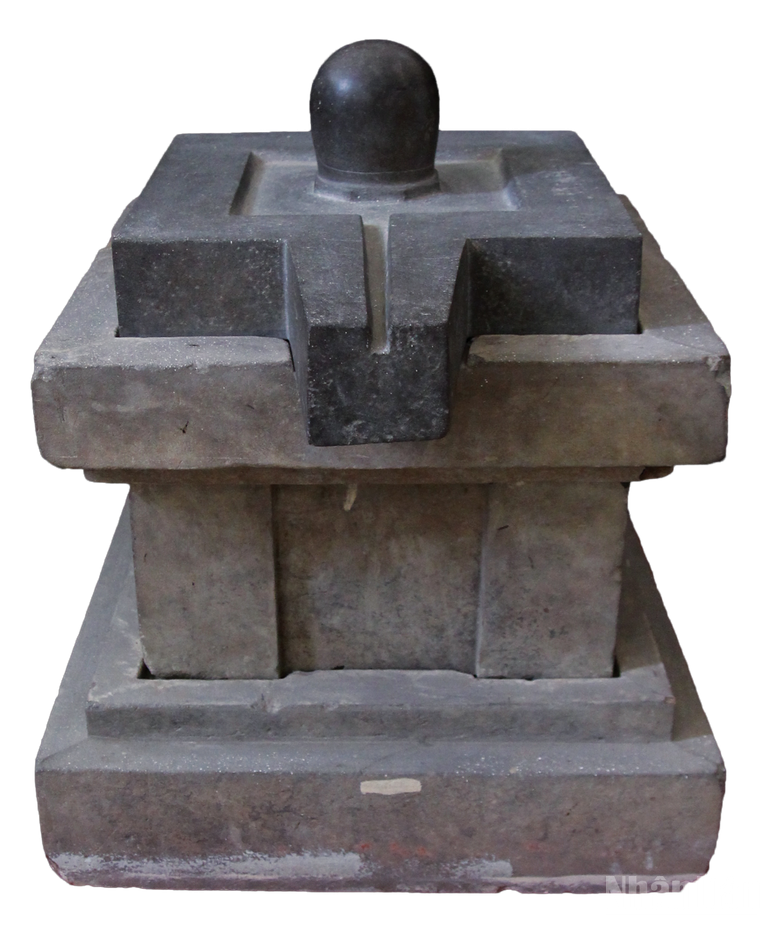

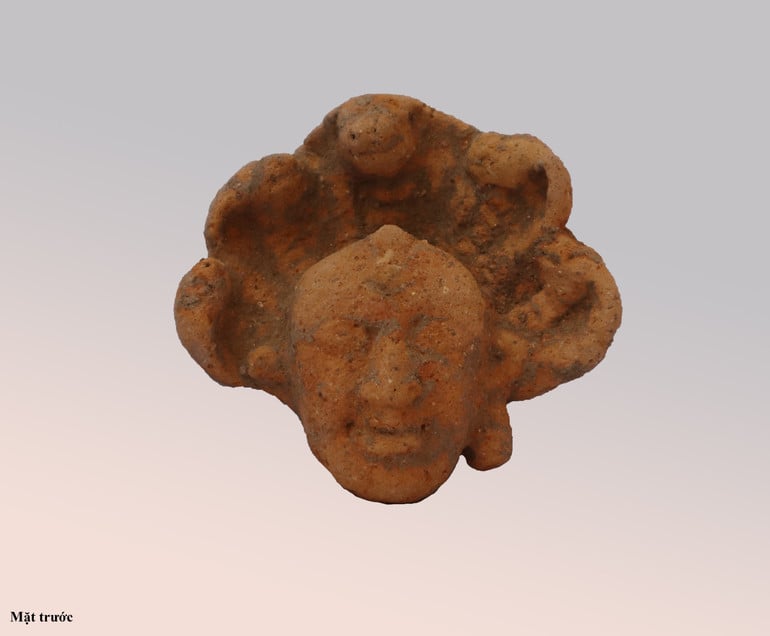
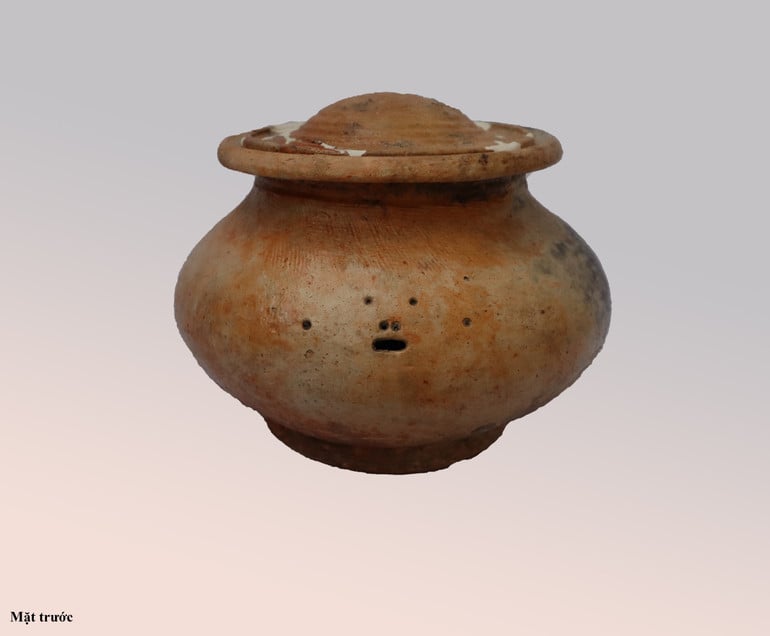
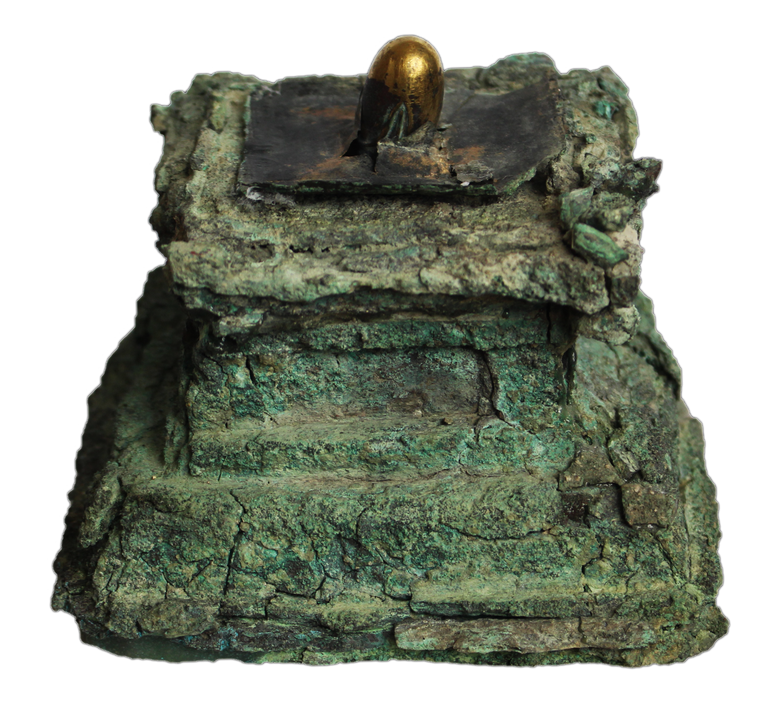
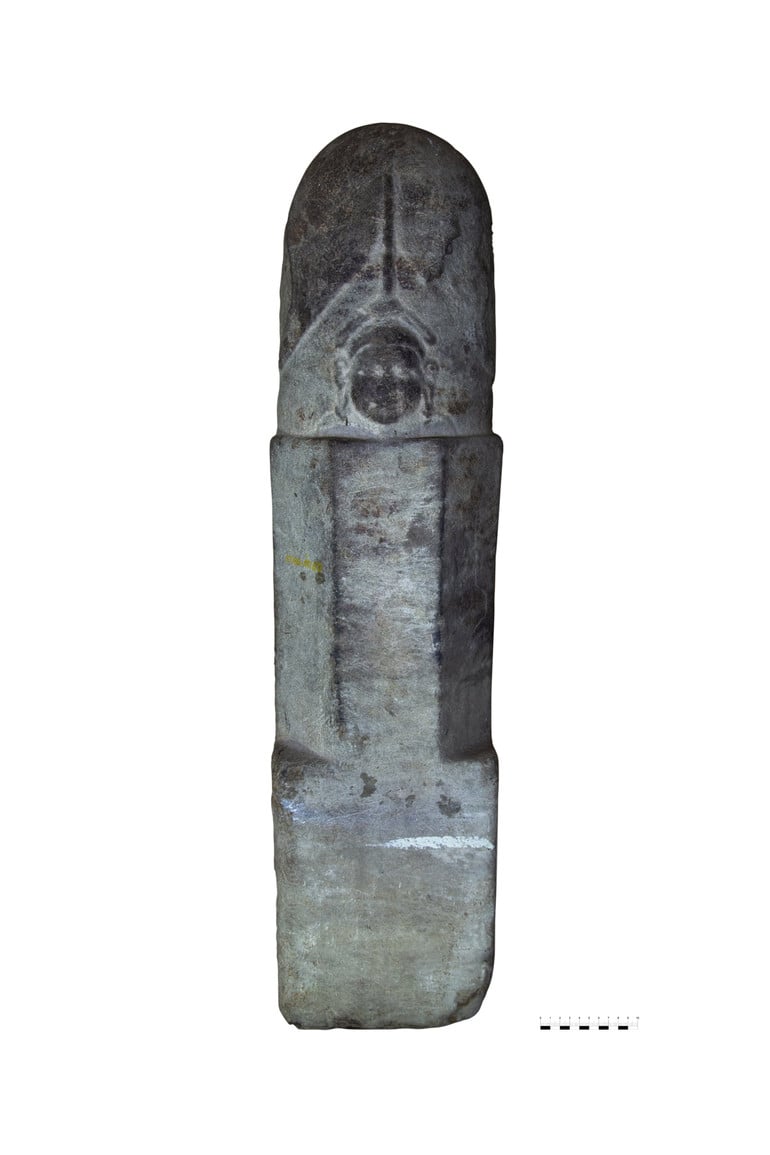




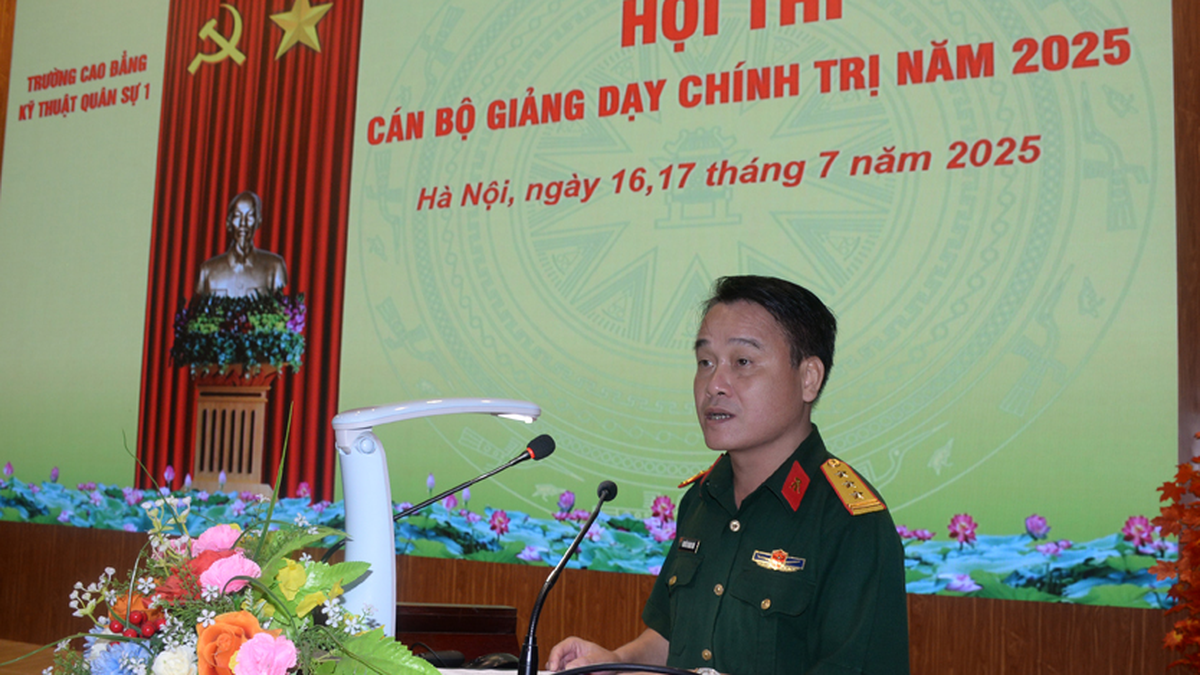
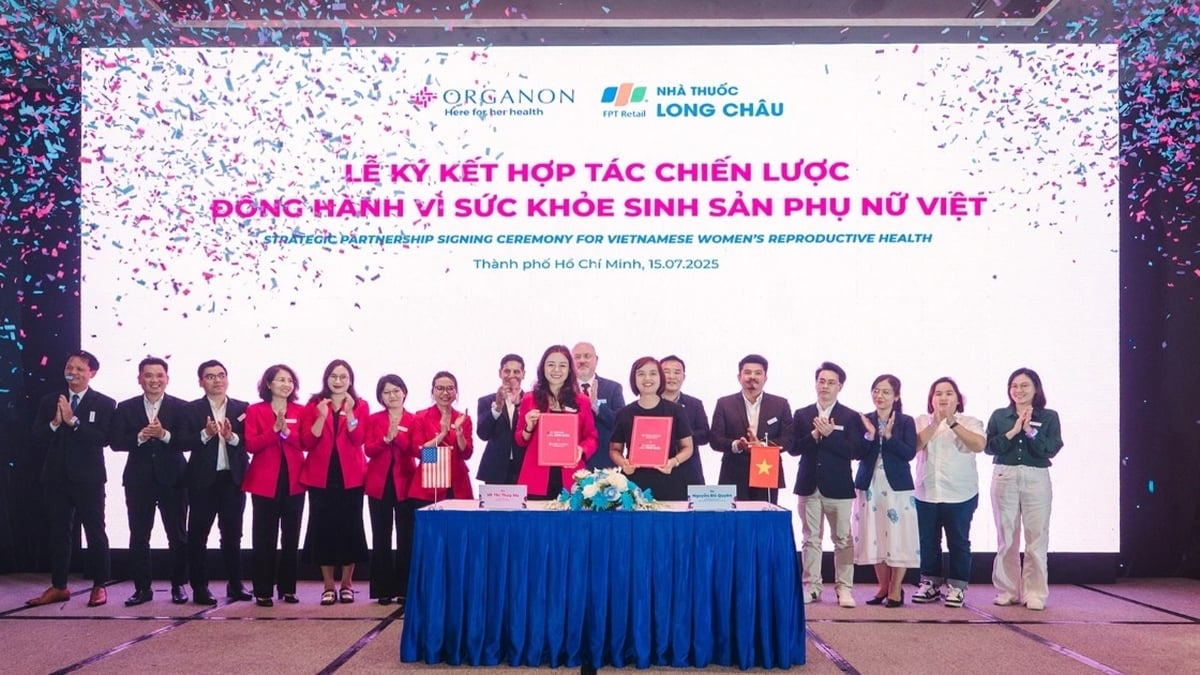
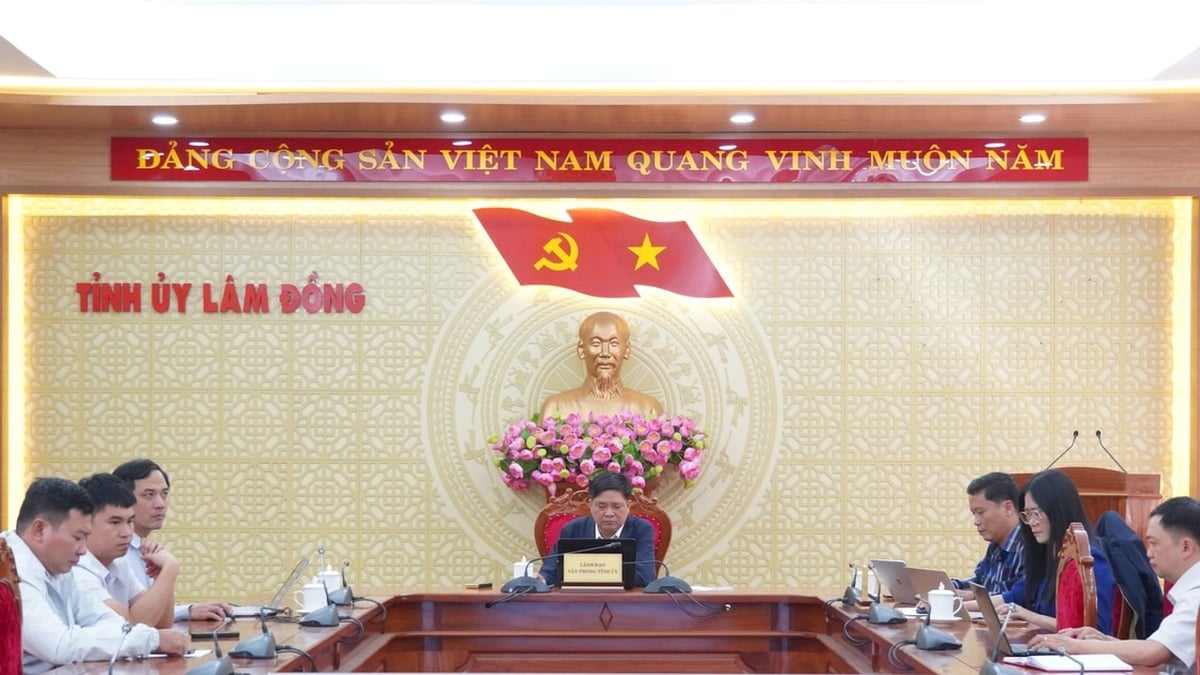
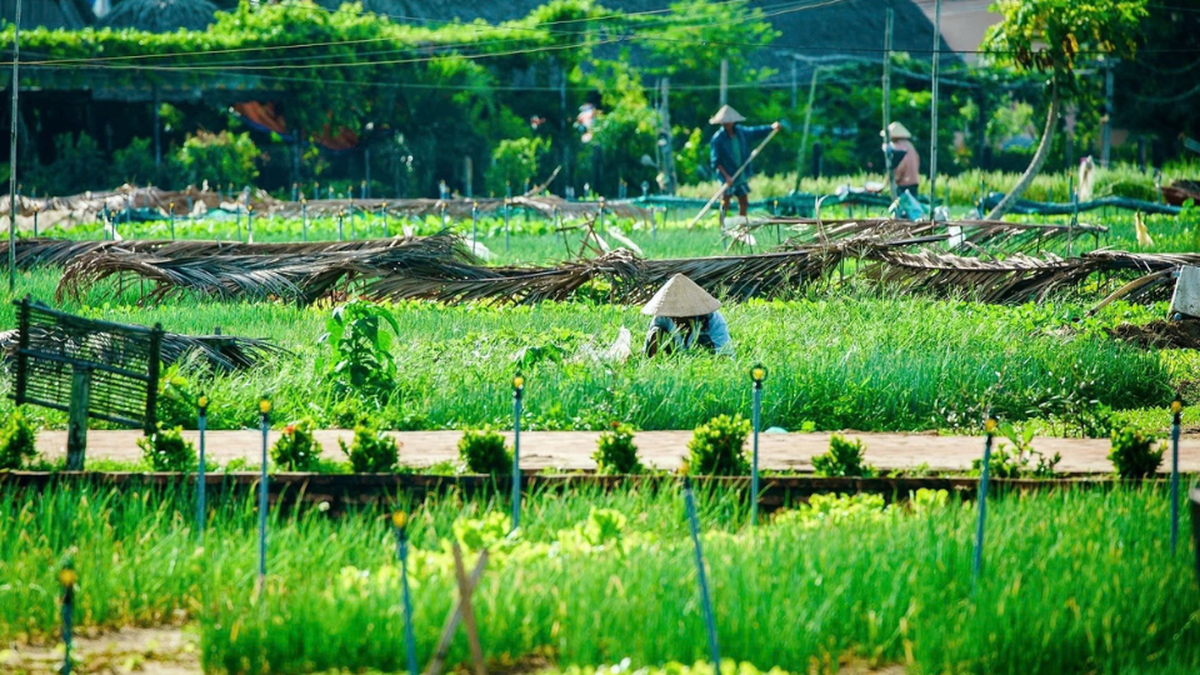
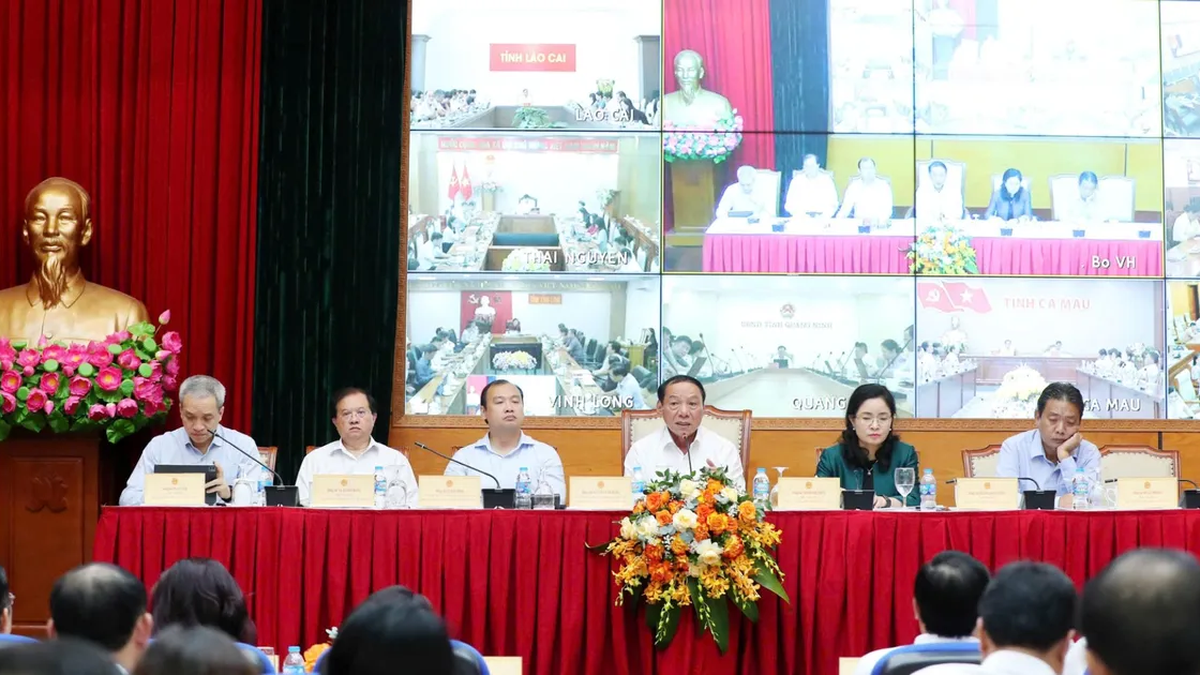
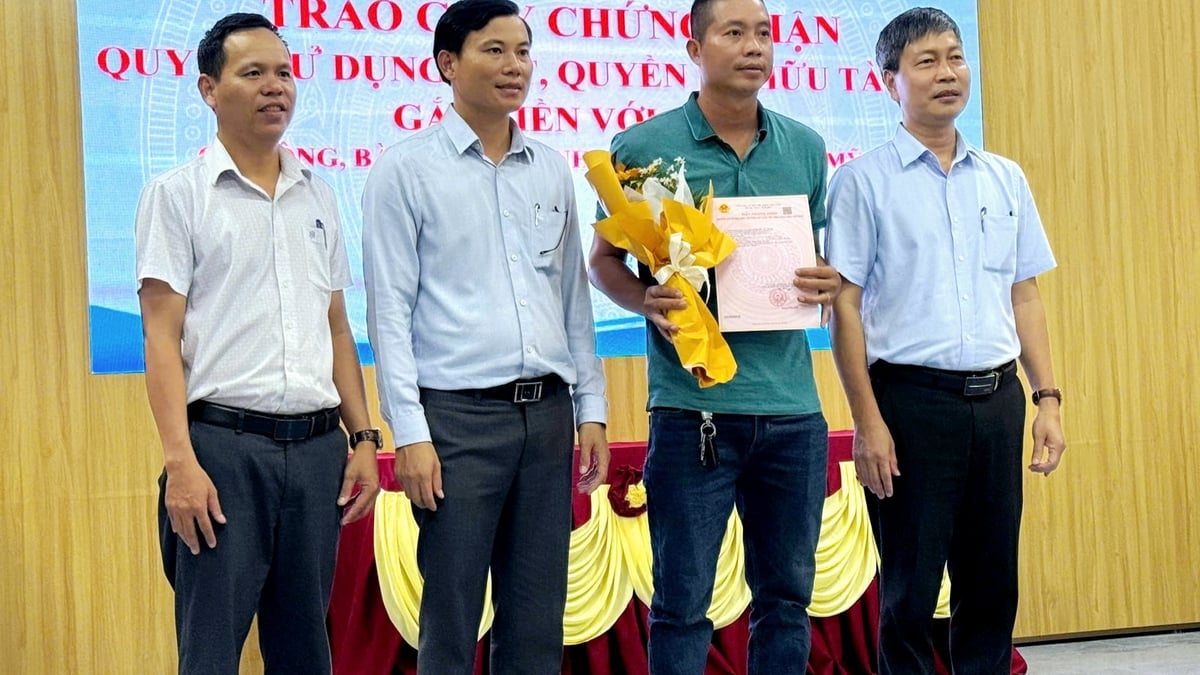






























































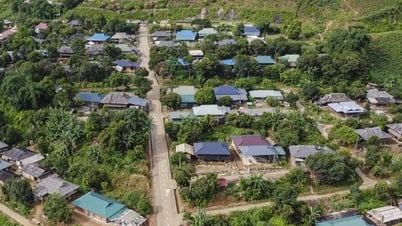
























Comment (0)